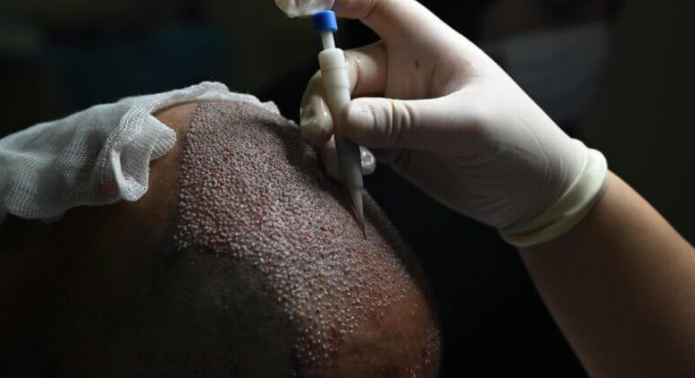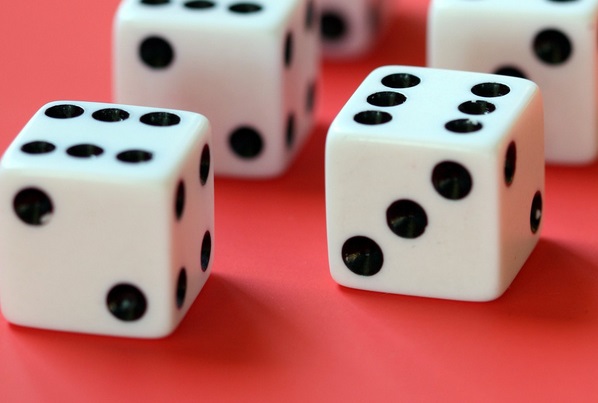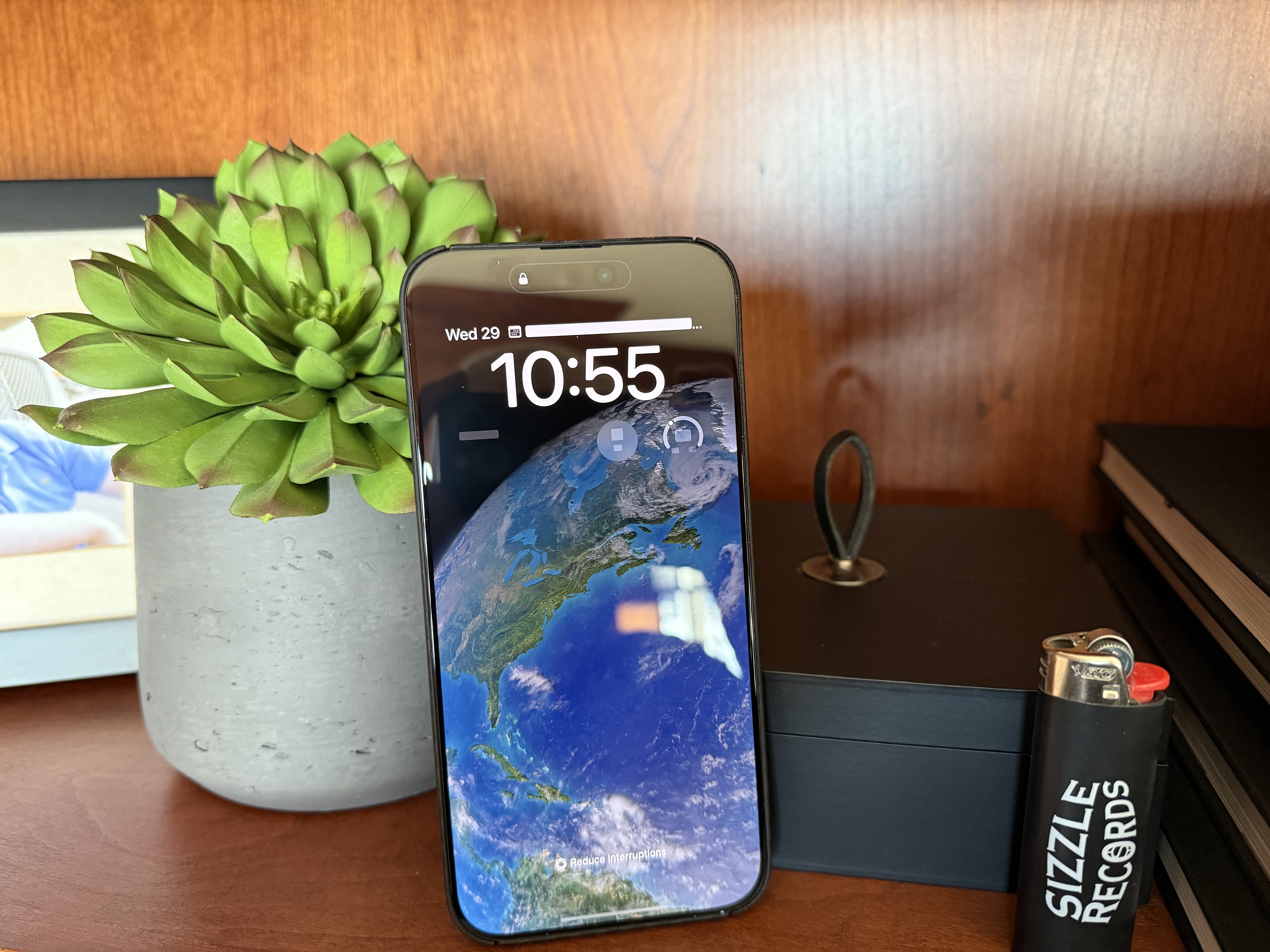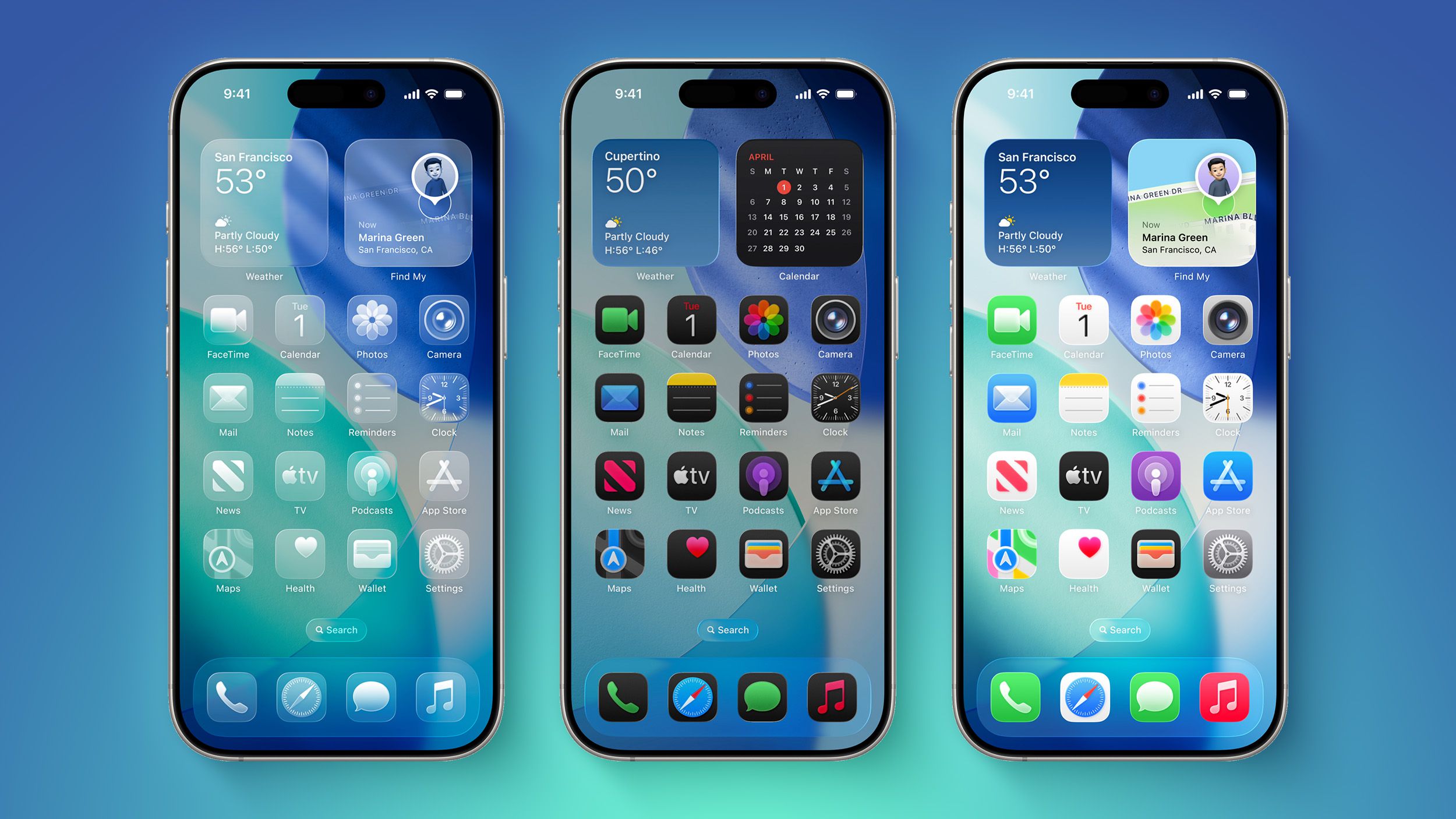From Kain’s keep-away, zoner tactics to Tizoc’s in-your-face grappling, the characters move with graceful fluidity. Yet, City of the Wolves is a dynamic, exciting fighter fueled by the new-to-the-series Rev System.
The game’s intermediary and advanced mechanics (Rev Arts, Rev Accel, Rev Blows) are fueled by the Rev Meter, letting you bust out wickedly effective enhanced specials, juiced-up supers, supers that combo into other supers, and armored attacks that act as an offensive or defensive move.
The pictured Wild Punish occurs when you connect with an attack after an opponent whiffs (Credit: SNK/PCMag)
The Rev Meter is the game’s take on Street Fighter 6’s Drive Gauge, except it fills up instead of draining as you block (no turtling!) and unleash Rev-based actions. Entering the Overheat state when the meter is full puts you at a severe disadvantage; you cannot pop Rev moves and become susceptible to viscous guard crushes that open you up for big damage. There are four options for exiting Overheat: Patiently wait as the Rev Meter drains; walk or dash; use advanced blocking techniques (Hyper Defend or Just Defend); or go on the attack. So, you must strategically use the Rev Meter to avoid the penalty.
My main complaint about Overheat is that, visually, it doesn’t look inherently negative. Sure, a red aura envelops your character when it’s in that state, but it looks cool. It should not! As a result, novices may not immediately read Overheat as a thing to avoid. Capcom, on the other hand, gave Street Fighter 6’s character a grayed-out appearance and fatigued animations when in the Burnout state; it instantly let you know you were in trouble.
Get Our Best Stories!

All the Latest Tech, Tested by Our Experts
By clicking Sign Me Up, you confirm you are 16+ and agree to our Terms of Use and Privacy Policy.
Thanks for signing up!
Your subscription has been confirmed. Keep an eye on your inbox!
Selective Potential Gear (S.P.G.), an updated version of Garou: Mark of the Wolve’s Tactical Offensive Position (T.O.P.) system, adds to the mayhem. S.P.G. is a short, yellow bar you set to one of three positions on your health gauge (beginning, middle, or end), and it activates when your remaining health falls within its borders. The benefits include increased damage output and the ability to perform the aforementioned armored Rev Blows that let you absorb a few hits before landing a big attack.
Factor in Braking (canceling an animation to open new combo routes), Feints (faking a move to make a foe react or reduce a special move’s recovery time), and Wild Punish (a counterattack that leaves an opponent stunned after a whiffed move), and you have a deep and varied fighting system worth exploring. Several times during my play session, I blurted, “I can do that?” after linking moves for devastating combos using the available tools.
The robust offensive and defensive dance may overwhelm casual players, so SNK includes a new Smart Style control scheme. By picking it, you enjoy a simplified control scheme that requires little skill to execute fancy moves. The trade-off? No Braking or Feints, and a reduced move set. Still, it’s a fun way for novices to mix it up against the CPU or fighting game veterans playing with the traditional Arcade Style. A training mode and combo trials teach newcomers basic, intermediary, and advanced techniques.









